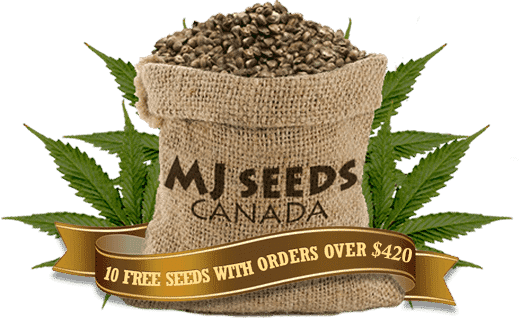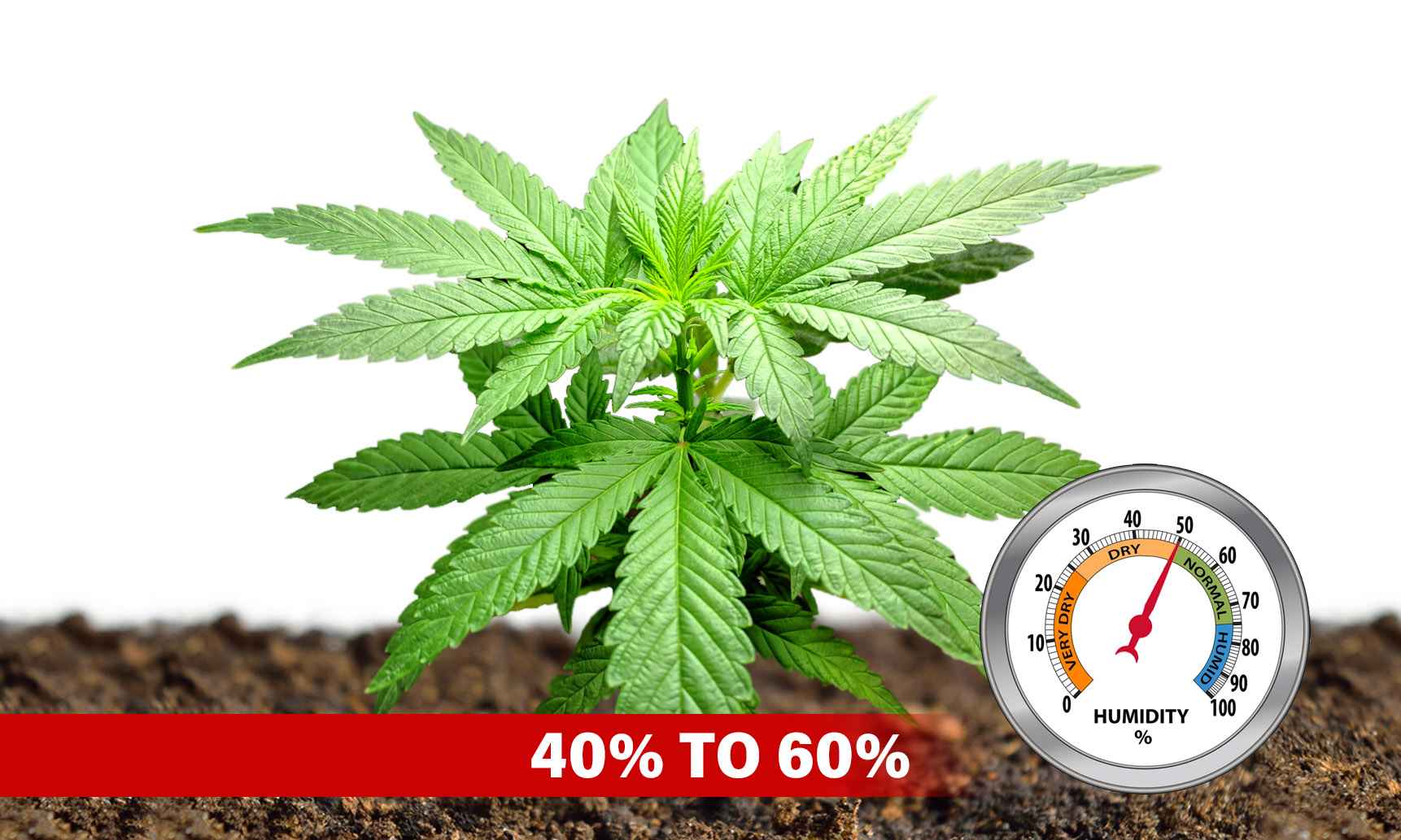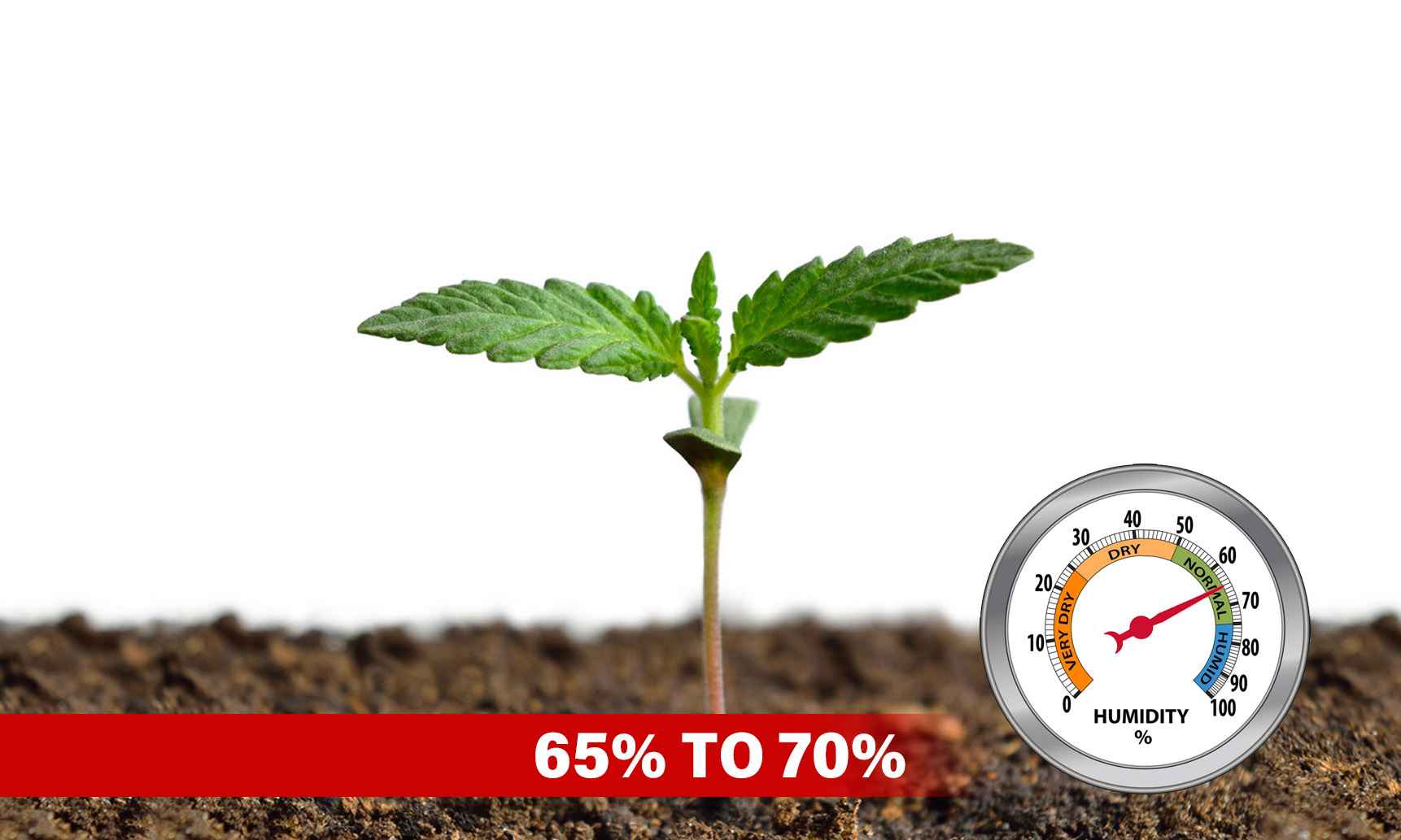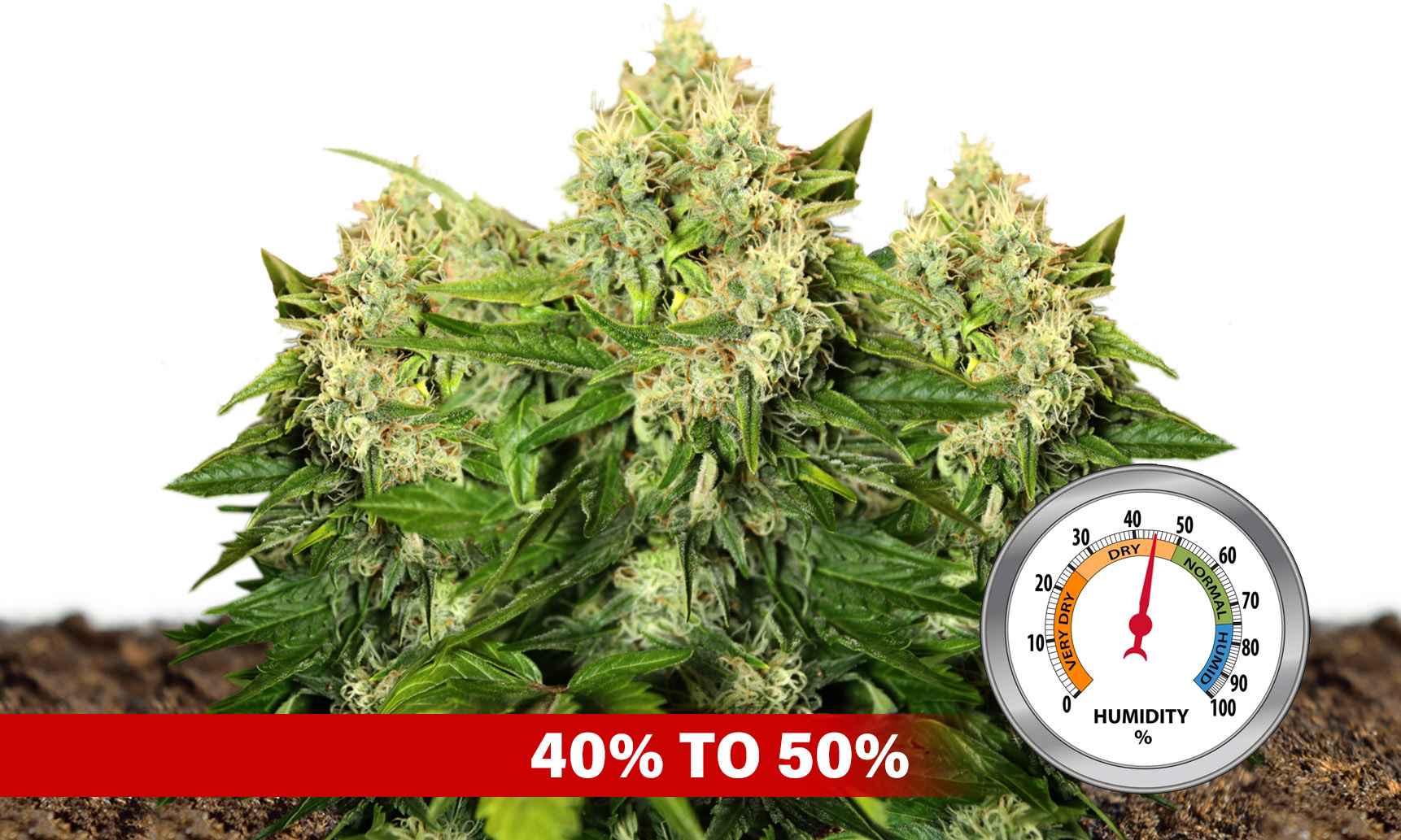Cannabis cultivation is an art that requires a keen understanding of various environmental factors, with humidity being a crucial element in ensuring the success of your indoor grow operation. Maintaining the right level of humidity can significantly impact the health, growth, and yield of your cannabis plants. In this article, we delve into the importance of cannabis seedling humidity control and provide actionable tips for achieving optimal levels throughout your growth cycle.
Understanding Cannabis Humidity
Humidity refers to the amount of moisture present in the air and is measured as a percentage of the maximum amount of moisture the air can hold at a given temperature. For cannabis cultivation, maintaining the ideal humidity levels is essential for promoting healthy plant growth and preventing issues such as mold, mildew, and pests.
During the seedling stage, higher humidity levels are preferred to mimic the moist conditions required for germination. As the plants mature, humidity levels need to be adjusted accordingly to prevent issues such as mold and mildew.
The Ideal Humidity Levels
The ideal humidity levels for cannabis plants vary depending on the stage of growth. During the seedling and vegetative stages, humidity levels should be higher, typically ranging from 65% to 70%. This elevated humidity helps help root development and encourages vigorous growth. As the plants transition into the flowering stage, humidity levels should gradually decrease to around 40% to 50%. Lower humidity levels during flowering help prevent mold and encourage proper bud development.
Ideal humidity levels vary depending on the stage of growth:
- Seedling Stage: Aim for humidity levels between 65% to 70% to promote successful germination and early growth.
- Vegetative Stage: Reduce humidity slightly to around 40% to 60% to encourage robust vegetative growth without excessive moisture buildup.
- Flowering Stage: Lower humidity levels further to 40% to 50% to prevent bud rot and mold formation during the flowering phase.
Factors Affecting Humidity Levels
Several factors can influence humidity levels in your grow space, including temperature, ventilation, and watering practices. Monitoring these factors closely and making adjustments as needed is key to maintaining optimal humidity levels throughout the growth cycle.
- Temperature: Temperature plays a significant role in determining humidity levels, as warmer air can hold more moisture than cooler air. Maintaining a consistent temperature within the optimal range for cannabis cultivation (around 70-85°F or 21-29°C) can help stabilize humidity levels.
- Ventilation: Proper ventilation is crucial for regulating humidity levels and preventing the buildup of stagnant air. A well-designed ventilation system with exhaust fans and intake vents can help remove excess moisture and maintain adequate airflow throughout the growing space.
- Watering Practices: Overwatering can lead to excessively high humidity levels, especially in the early stages of growth when plants have yet to develop a robust root system. Watering plants sparingly and allowing the soil to dry out between watering sessions can help prevent humidity-related issues.
Controlling Temperature
Temperature is essential for plant metabolism as it impacts growth rates, the uptake of nutrients, and the timing of flowering. It’s crucial to ensure ideal temperatures are maintained consistently during the growth cycle to achieve maximum yields and prevent issues stemming from stress.
Here are some temperature guidelines for different growth stages:
- Seedling Stage: Keep temperatures between 68°F to 77°F (20°C to 25°C) to facilitate healthy root development and seedling growth.
- Vegetative Stage: Maintain temperatures between 70°F to 85°F (21°C to 29°C) to support vigorous vegetative growth and prevent heat stress.
- Flowering Stage: Adjust temperatures slightly lower, ranging from 65°F to 80°F (18°C to 27°C), to promote resin production and prevent heat-related damage to flowers.
Humidity Control Techniques
Achieving and maintaining the ideal humidity levels requires the use of various humidity control techniques. These may include:
- Humidifiers: Humidifiers can be used to increase humidity levels in dry environments, especially during the seedling and vegetative stages.
- Dehumidifiers: Dehumidifiers are essential for lowering humidity levels in areas with high ambient moisture, particularly during the flowering stage.
- Hygrometers: Hygrometers are indispensable tools for monitoring humidity levels accurately. Placing hygrometers at different locations within the grow space can help ensure uniform humidity distribution.
- Environmental Controls: Investing in a quality environmental control system allows growers to automate humidity regulation by adjusting temperature, humidity, and ventilation settings as needed.
Conclusion
Mastering cannabis humidity is a critical aspect of indoor cultivation that impacts plant health and yield. By understanding the role of humidity in cannabis cultivation and implementing proper humidity control measures, growers can optimize plant health, maximize yields, and produce high-quality cannabis crops. Whether you’re a novice grower or an experienced cultivator, prioritizing humidity management will contribute to the success of your indoor grow operation.
Frequently Asked Questions
1. What is the ideal humidity level for seedlings?
The ideal humidity level for seedlings generally falls within the range of 50% to 70%. However, it’s essential to consider the specific requirements of the plant species you are growing. During the germination phase, higher humidity levels of around 70% to 80% are recommended to support successful seedling emergence.
2. How does humidity affect seedling growth?
Humidity affects seedling growth by controlling how much water they lose through their leaves (transpiration) and how well they absorb nutrients. The right humidity keeps seedlings hydrated, prevents them from drying out, and helps them take in nutrients from the soil. Too much humidity can cause fungal diseases and root rot, while too little can dry out and stress seedlings.
3. How can I control humidity for seedlings in an indoor growing environment?
There are several strategies to control humidity in an indoor growing environment, including using humidifiers or dehumidifiers, implementing proper ventilation, monitoring humidity levels with hygrometers, and adjusting watering practices. Maintaining consistent environmental conditions and avoiding extremes in humidity is essential for optimal seedling growth.
4. How can I lower humidity in my cannabis grow room?
To lower humidity levels in a cannabis grow room, ensure proper ventilation by using exhaust fans or air circulation systems. Installing a dehumidifier can also effectively remove excess moisture from the air, helping to maintain optimal humidity levels.
5. What are the risks of low humidity for cannabis plants?
Low humidity can lead to issues such as leaf curling, stunted growth, and increased susceptibility to pests and diseases. Additionally, low humidity levels can cause the soil to dry out too quickly, leading to nutrient deficiencies and water stress in cannabis plants.






